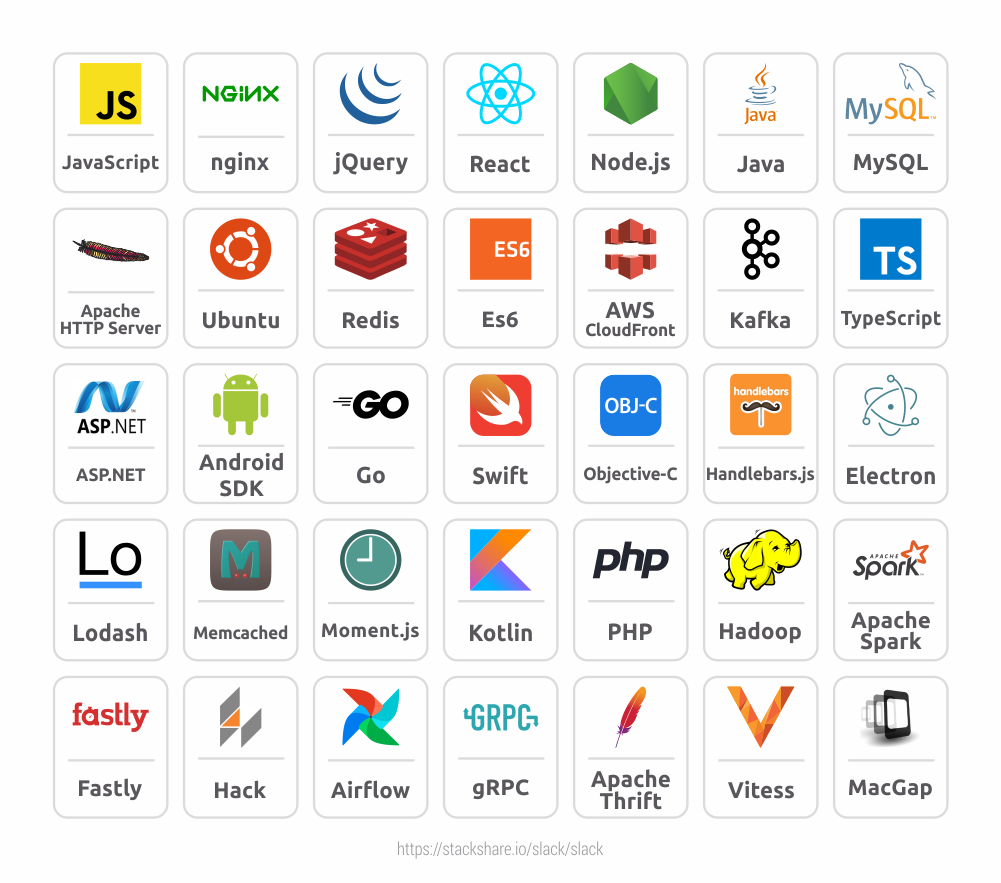

The tech stack utilized for a particular application can tell a lot about how that application is operating and what resources developers will need to make changes to or maintain it. It might seem that developers might just take the first tool they discover to construct an application given the variety of programming languages, tools, and technologies available, but the process is far from simple.ĭevelopers must consider the objectives, specifications, and needs of their project before choosing the tech stack that would work best for the application or website. For example, Facebook's "tech stack" consists of JavaScript, HTML, CSS, PHP, and ReactJS among other frameworks and languages. Another name for this is an application stack.Ī tech stack is, to put it simply, a collection of software, programming languages, frameworks, and data storage tools that developers can use to create and run a single application. Both collaborate to build an effective tech stack.

It is used to create digital products or solutions like websites, mobile applications, and web applications.īoth the frontend (client-side) and backend (server-side) are crucial components of a tech stack. We will go over the following:Ī set of tools, programming languages, and technologies collectively referred to as a "tech stack". Here, developers employ technology stacks to oversee each component of the application and ensure that everything functions as planned. Now but things become a little more challenging because a single application frequently consists of numerous components that each require a different set of tools or programming languages.

The websites and applications were simple enough that creating and maintaining them was easy. Early on in the development of the web and mobile applications, there weren't many services, tools, or frameworks required to launch a website or application.


 0 kommentar(er)
0 kommentar(er)
